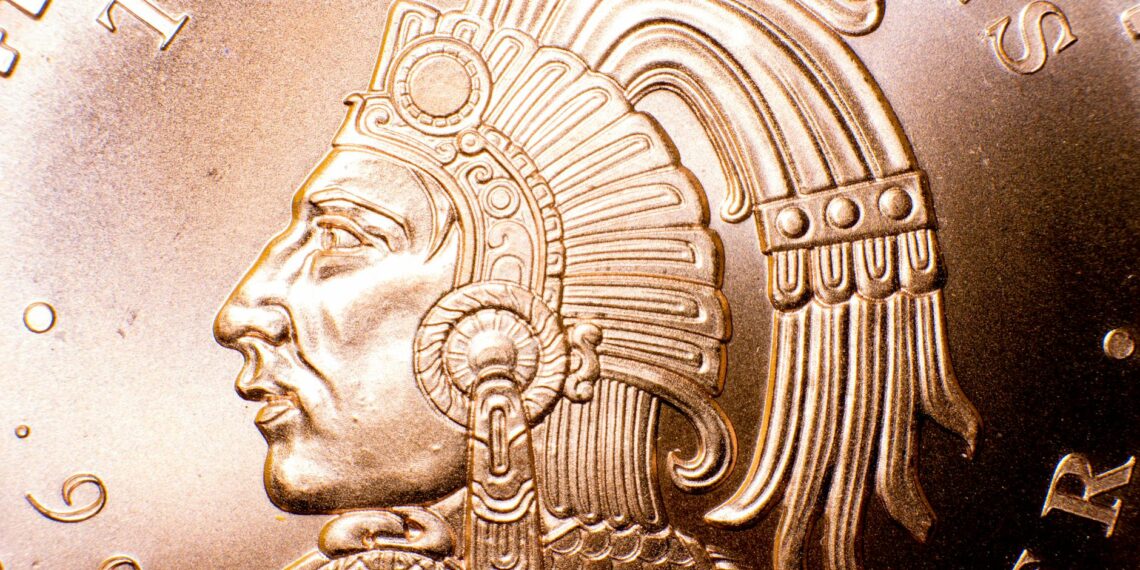In general, the location of a mint mark (a small letter or symbol indicating the mint where a coin was produced) can vary depending on the coin’s country of origin, denomination, and the year it was struck.
Here’s a breakdown for some common United States and Canadian coins:
- Pre-1965 Coins: Mint marks were generally placed on the reverse (tails side) of the coin. For example:
– On the Morgan and Peace Silver Dollars, the mint mark is found on the reverse side, often above the denomination or near the eagle’s tail feathers.
– On Barber coinage, it’s under the wreath or eagle tail on the reverse.
- Post-1968 Coins: Mint marks were moved to the obverse (heads side) of the coin. Specific locations include:
– Lincoln Cents: On the obverse, beneath the date.
– Jefferson Nickels: On the obverse, near the date, particularly for those minted between 1968 and 2005. The redesigned obverse of the nickel, which appeared starting in 2006, has its mint mark below the date on the lower right.
– Roosevelt Dimes: On the obverse, above the date.
– Washington Quarters: On the obverse, to the right of George Washington’s bust.
- No Mint Mark: Coins without a mint mark were typically produced at the Philadelphia Mint, which historically didn’t use a mint mark for most of its coinage. However, the “P” mint mark was added to Philadelphia coins (except the cent) starting in 1980.
- Royal Canadian Mint Logo (Post-2006): Since 2006, Canadian circulation coins feature a mint mark on the obverse. This mark includes the letter “M”, a maple leaf, and a crown to represent the Mint’s corporate name.
- Older Coins: For older Canadian coins, the presence and location of mint marks can vary:
– Coins struck for Canada at the London Mint had no mint mark.
– Coins struck at the Heaton Mint in Birmingham feature an “H” mint mark.
– The Ottawa Mint, established in 1908, typically did not use a mint mark for coins struck there.
- Small Letter: Mint marks are usually a small letter or letters.
- Use a Magnifying Glass: Mint marks can be tiny and difficult to see, especially on older coins, so a magnifying glass can be helpful.
- Consult a Coin Guide: Reference books and online guides provide detailed information about the location and type of mint marks for specific coins.
Important Note: It’s crucial to be aware that some error coins might be struck without an intended mint mark, and these can be particularly valuable to collectors. Additionally, be vigilant against counterfeit coins, as skilled counterfeiters might attempt to replicate mint marks. Always purchase coins from reputable dealers and consider authentication by professional grading services for valuable coins.









What if my coin doesn’t have a mint mark?
I can help with that. Because some coins without mint marks hold value and some do not, it is best to let an experienced coin appraiser take a look at your collection. A professional numismatist like Dave Wnuck will be able to assess your coins and help you determine the value of what you have.
How do you know if your coin has a mint mark?
After 1968, the mint mark could be described as located on the obverse, lower right of the design near the date. This piece wasn’t until 1942 that the “P” mint mark made its initial appearance on the popular Jefferson War Nickels. These coins were struck from 1942 through 1945.